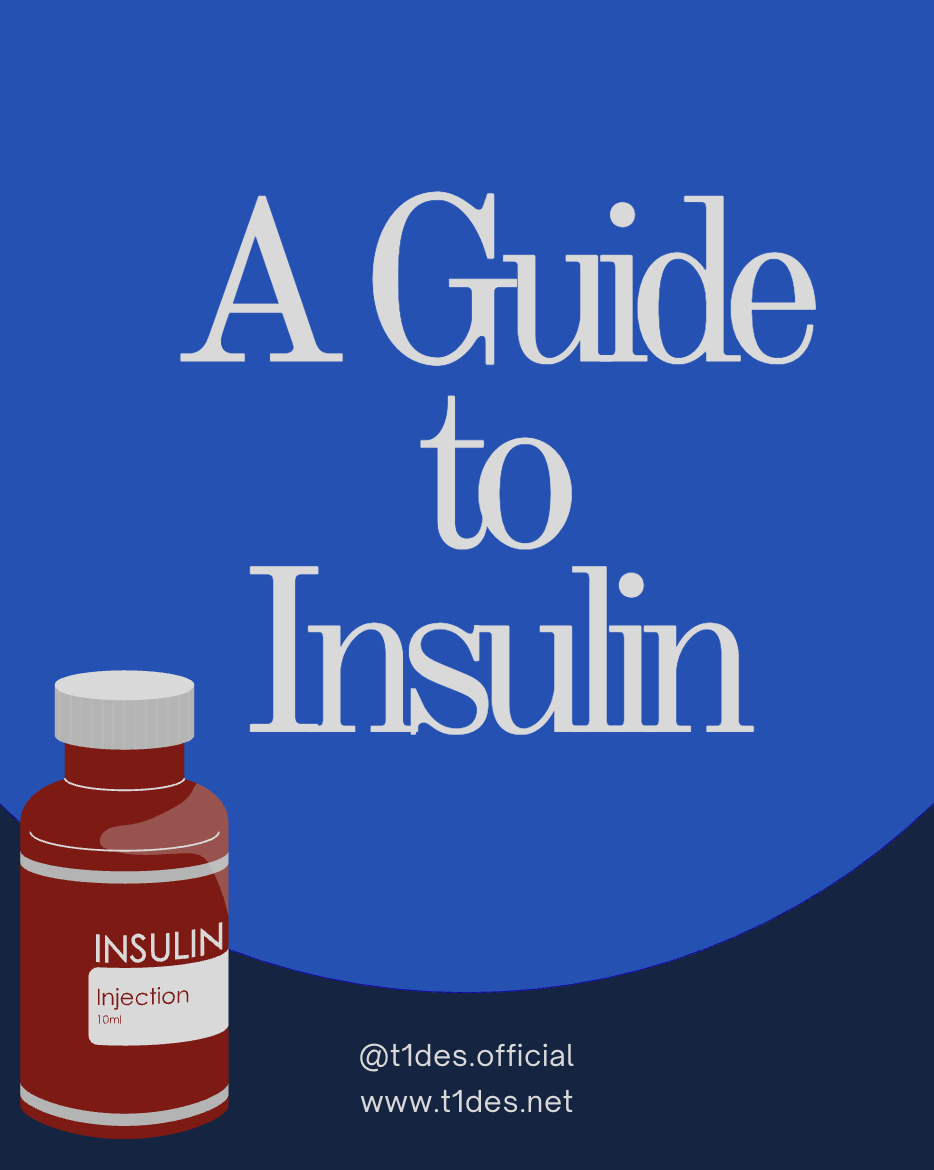When you hear the word “diabetes”, often another word is soon to follow – “insulin”. Insulin is crucial for diabetics, particularly those with type 1 diabetes, because without it, their bodies cannot process the glucose they need to survive. Despite the importance of this little hormone, its exact role in energy processing, the journey it took to become accessible, and the controversy that still surrounds it to this day aren’t always clear, even to the diabetics who rely on it.
What Exactly is Insulin?
In short, insulin is a hormone – a chemical messenger that regulates bodily functions. In insulin’s case, it is a pancreas-produced hormone that specifically signals the processing of glucose for energy, allowing the compound to enter cells via the bloodstream. Diabetes is the result of insulin malfunction or absence, preventing glucose processing and therefore leading to increased blood sugar levels. Conversely, the presence of insulin will lower blood sugar – sometimes too much. That’s why diabetics have to carefully control their insulin intake to avoid dipping to dangerously low blood sugar levels. Typically, insulin is produced in the pancreas’s beta cells, but if this production is compromised, like in diabetes, individuals can take synthetic insulin.
Insulin vs. Glucagon
Insulin and glucagon are hormones that work hand in hand to regulate blood sugar. While insulin signals glucose processing into energy or as storage in the form of glycogen, glucagon signals stored glycogen to be turned back into glucose for use. After eating, insulin will lower blood sugar by letting glucose leave the bloodstream into cells, while glucagon will raise blood sugar to balance by doing the opposite. However, since the triggering of glucagon depends on insulin, it often doesn’t function properly in diabetics, type 1 diabetics in particular. This can lead to low blood sugar after taking insulin, although it can seem counterintuitive for diabetes.
History of Insulin
There has always been diabetes, but it wasn’t until 1921 that insulin was “discovered” by Frederick Banting and his colleagues. In truth, Banting was not the first to discover insulin’s existence, but he was the first to successfully produce it by surgically removing insulin from a dog’s pancreas. Over time, insulin extraction was refined, and insulin was successfully injected into a human for the first time in 1922 into Leonard Thompson, a 14-year-old diabetes patient.
Eli Lilly, a pharmaceutical company, then collaborated with insulin researchers to initiate large-scale production of insulin, making the essential hormone accessible to people with diabetes. The company is still one of the largest producers of insulin to this day. Today, most diabetics have access to insulin, often coming from one of the three major manufacturers: Eli Lilly, Novo Nordisk, and Sanofi.
Insulin Now
In the beginning, insulin produced often came from cattle or pig pancreas. Although this insulin was effective, allergic reactions in patients were common. After all, the insulin was from a foreign species and the body was prone to reject it.
Some advancements in the 1970s allowed the production of purer insulin that human bodies were less likely to develop resistance to. But it still wasn’t perfect.
However, in 1978, scientists at City of Hope and Genentech were able to develop a way to produce biosynthetic “human” insulin using E.coli bacteria. This method created insulin that was safe for humans and more sustainable than taking insulin from animal pancreases. This biosynthetic insulin first went on the market in 1982 under the name “Humulin”.
Innovation in insulin has continued, with the development of “ultra-rapid” and “long-acting” varieties like Humalog and Lantus, respectively. This variety of treatment options has allowed diabetics the freedom to tailor their insulin to their needs.
Issues of Affordability
Did you know that insulin is 7-10 times more expensive in the US compared to other countries in the world? Insulin production isn’t actually costly; on average, a vial takes only $2-4 to produce. However, the price starts to rise as insulin goes through the industry. As mentioned before, insulin production is controlled almost completely by three companies. Since these companies face little competition – and there isn’t a way diabetics can just stop buying insulin – they are free to raise prices. In addition, insulin goes through a few other hands before reaching diabetics, so costs can also go up at the pharmacy or insurance level as a means to turn a profit.
The 2023 Affordable Insulin Now Act took some steps to make insulin more affordable by capping the price for insulin co-payments at $35 for those under Medicare and Medicaid. Even so, there is progress to be made. Diabetics not covered under the act due to insurance, unique medications, etc., are still paying the same high prices as before. It’s important to continue to push for and refine policy aimed at improving insulin access.
Sources
American Diabetes Association. “The History of a Wonderful Thing We Call Insulin.” Diabetes.org, American DIabetes Association, 1 July 2019, diabetes.org/blog/history-wonderful-thing-we-call-insulin.
Cleveland Clinic. “Insulin.” Cleveland Clinic, Cleveland Clinic, 2024, my.clevelandclinic.org/health/body/22601-insulin.
Crawford, Serena. “The Price of Insulin: A Q&a with Kasia Lipska.” Medicine.yale.edu, Yale, 27 Apr. 2023, medicine.yale.edu/news-article/the-price-of-insulin-a-qanda-with-kasia-lipska/.
“Diabetes Drug Alternatives to Insulin.” WebMD, www.webmd.com/diabetes/diabetes-non-insulin.
FDA. “100 Years of Insulin.” FDA, 16 June 2022, www.fda.gov/about-fda/fda-history-exhibits/100-years-insulin.
Morris, Susan York. “How Insulin and Glucagon Work.” Healthline, Healthline Media, 26 Aug. 2014, www.healthline.com/health/diabetes/insulin-and-glucagon.

Leave a Reply